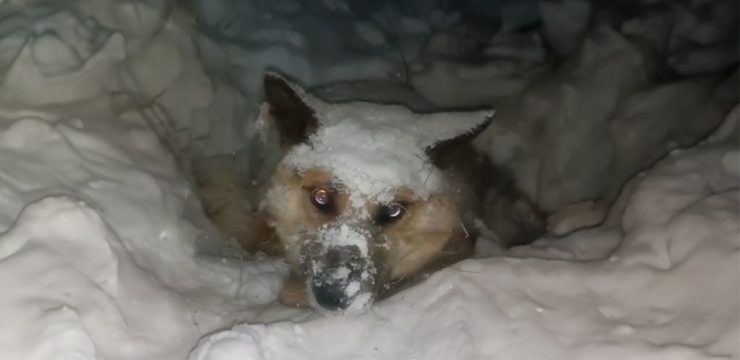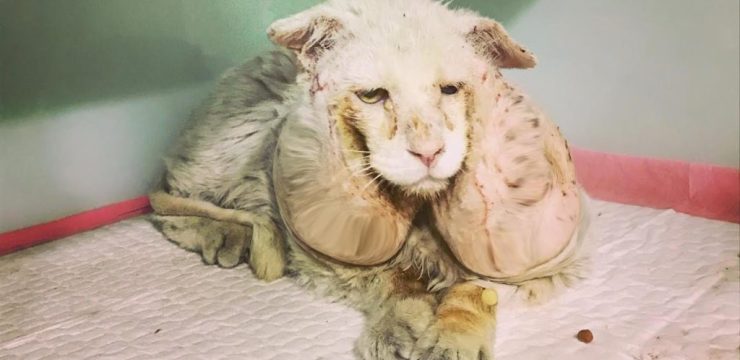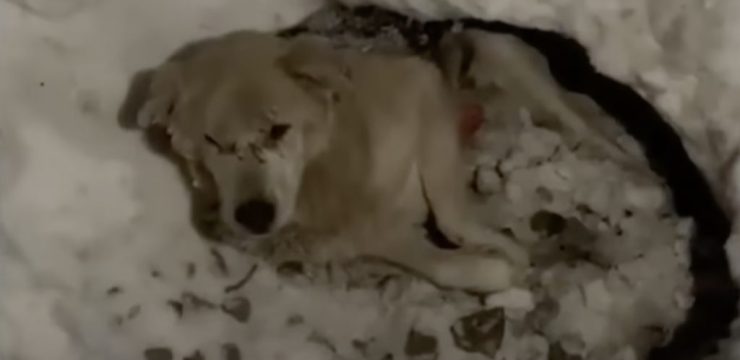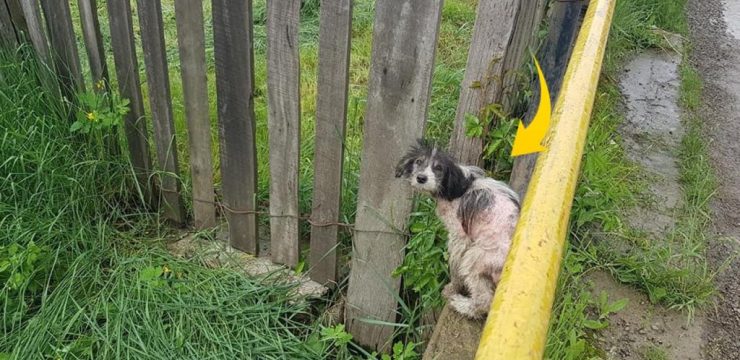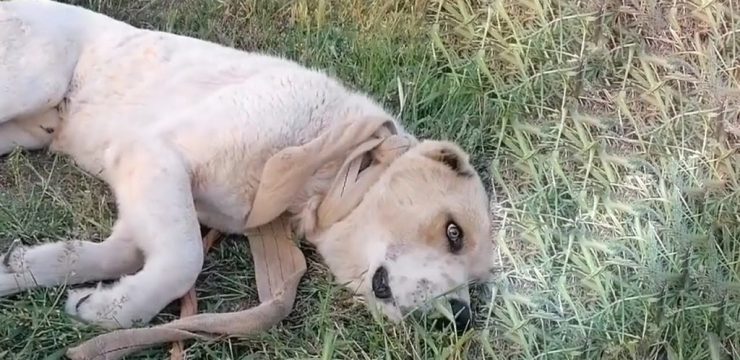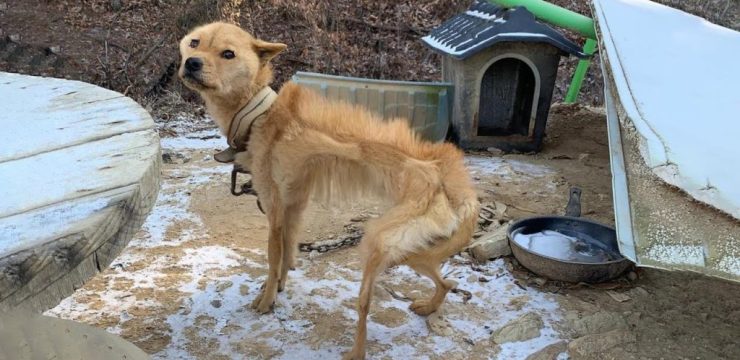It was a quiet evening in a peaceful suburban neighborhood, the kind where the hum of crickets and the distant bark of a dog are the only sounds that fill the air. Most families were asleep, their houses bathed in the soft glow of porch lights. Nothing seemed out of the ordinary—until a trembling 911 call broke the silence and changed everything.
On the other end of the line was a little girl, no older than five. Her voice was barely a whisper, quivering with fear as she said, “Please… come quick. There’s someone in my room.” The operator immediately alerted local police, who sped toward the address with sirens off but hearts racing. The way she spoke—quiet, certain, and terrified—told them this was no ordinary call.
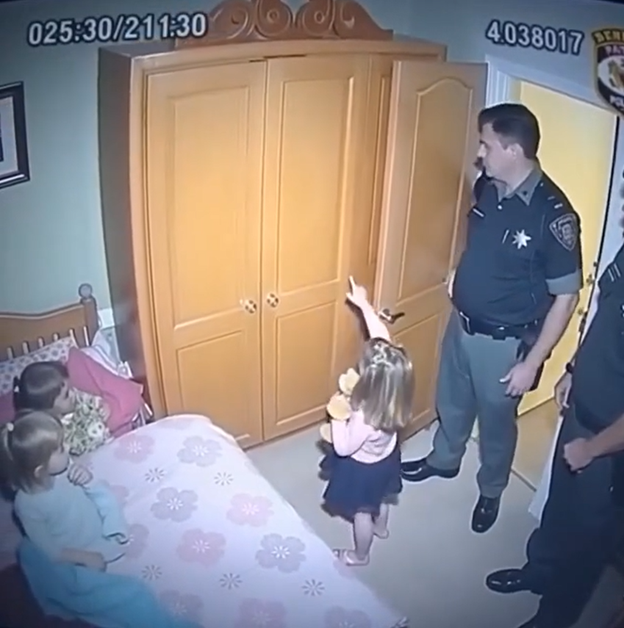
When officers arrived, the house looked calm. The front porch light was on, the door unlocked, and a worried mother greeted them, explaining that her daughter had probably just had a bad dream. She assured them her child had been watching a cartoon before bed and must have imagined something. Still, the little girl’s wide eyes and trembling hands told another story. She wasn’t crying or screaming. She just sat on her bed, clutching a worn stuffed bunny, staring fixedly at the air vent near her closet.
“Sweetheart,” one of the officers said softly, kneeling beside her. “Can you tell me what you saw?”
She pointed toward the vent and whispered, “He was watching me.”
At first, everyone assumed she meant a nightmare. But the intensity of her gaze—the kind of focus that only comes from truth, not imagination—made the officer uneasy. Following his instincts, he approached the vent. It was old, the kind built decades ago before modern central air systems. He unscrewed the cover, shining his flashlight into the darkness beyond.
What he found made his stomach drop.
Behind the vent was not just a duct but the entrance to a narrow shaft—an old dumbwaiter system long forgotten since the house had been renovated years ago. Inside were unmistakable signs that someone had been there recently: crumpled food wrappers, a few pieces of fabric arranged like bedding, a flashlight with fading batteries, and what appeared to be footprints in the dust. Someone had been living inside the walls.
The officer’s voice stayed calm as he called for backup, but the tension in the room was palpable. The mother covered her mouth in disbelief, her eyes darting between her daughter and the vent. Within minutes, more officers arrived, carefully inspecting the shaft and the connecting spaces between floors. It became clear that whoever had been there knew the house well enough to move silently and unseen.
News of the discovery spread quickly through the neighborhood the next morning. Parents checked every vent, closet, and crawl space in their homes. The idea that an intruder could have been secretly observing families—eating, sleeping, and living without anyone knowing—was enough to keep lights on all night across the block.
Police conducted a full investigation, collecting fingerprints and searching nearby woods and abandoned buildings, but the trail went cold. The bedding, food, and other signs of occupation suggested someone had been hiding there for weeks, maybe even months. No one could explain how the person got in or why they chose that house.
For the mother, the revelation shattered her sense of safety. Every sound made her jump. She replaced the air vents, installed security cameras, and kept her daughter close. The officers offered reassurance, but the unanswered questions lingered like a shadow in every corner of the home.
Neighbors gathered for an emergency community meeting that week. They shared stories of missing food, strange noises, and pets acting unsettled—things they’d all brushed off before. The local police chief urged residents to check locks, windows, and attics, reminding them that “it’s always better to trust your instincts, even when something seems small.”
But amid the fear and uncertainty, one detail stood out: the quiet bravery of a five-year-old girl who spoke up when it mattered most.
If she had stayed silent, if she had convinced herself it was just her imagination, the intruder might never have been discovered. Her calm courage—her willingness to call for help when adults might not have believed her—had likely saved her family from something far worse.
In the weeks that followed, the community found a renewed sense of unity. Neighbors who had never spoken before began checking in on each other. Parents taught their children what to do if they ever felt unsafe. A local hardware store even offered discounts on home safety equipment.
The story became a quiet reminder of how easily people overlook warning signs in the comfort of everyday life. The house itself, once filled with laughter and bedtime stories, took time to feel like home again. But over time, the little girl began sleeping peacefully, her vent now sealed and her bunny always beside her.
The officers who answered that 911 call never forgot it. They said it reminded them that courage doesn’t always roar—it can whisper, trembling, through the voice of a child asking for help.
Though the intruder was never found, the case became more than a mystery. It became a story about instinct, trust, and the power of paying attention to what others might dismiss. The girl’s quiet plea had pulled back the curtain on a hidden danger, one that could have remained undetected for far too long.
Her mother would later say, “Sometimes we underestimate children. But that night, she was the bravest one in the house.”
And in a way, she was right. Because sometimes the smallest voices reveal the biggest truths—and sometimes the most ordinary nights turn into the moments that change everything.
